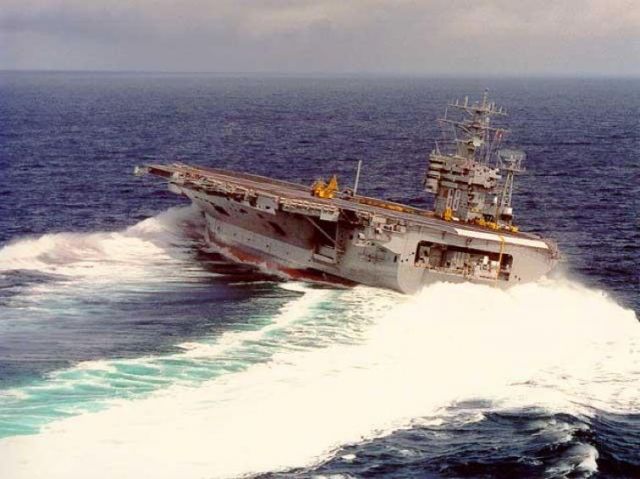You are unusualwhere's
thunderchief
Senior Member
thunderchief was last seen:
Dec 31, 2015

As Jeff actualy definitely busy and no new models
I imagine the SEMs will be retired as they are probably high mileage airframes, though by no means completely expired. Not enough time left on the airframes to make export worthwhile and they have been overhauled once already, hence the 'M' (modernised) in the name. Also catapult launches and arrested landings have a long term detrimental effect of fatigue life, witness the USNs problems with having to rebuild the centre barrel (fuselage) of legacy F/A-18A/B/C/Ds. I think it's safe to say the SEMs are headed for museums and scrapyards. Once they are gone, the only wire bridle launched naval aircraft left in service will be the Brazillian Navy's Skyhawks and Trackers.
Posting here seems few guys look French topic
Report: The last days of the SEM
There it's finished. Embedded career Modernised Super Etendard of the Navy ended March 16, 2016 off Toulon. The SEM 1, piloted by the commander of the flotilla 17F was catapulted to the orders of the commander of the aircraft carrier "Charles de Gaulle" provided for the occasion of his sword instead of the traditional green flag yellow dogs.
Eight of the SEM 17F boarded for the mission "Arromanche 2", from November 2015 to March 2016. Five aircraft went to the end of operations. A SEM has indeed been damaged during the mission during a landing (The pilot is healthy). His rehabilitation was deemed unnecessary to a few weeks of his withdrawal from active service. Two other aircraft reached the end of their potential, their last flight has been transit to the ground.
Within the Carrier Air Group (EAG), SEM fully participated in the air campaign against Daesh. Crignola Admiral, commander of Battle Group (GAN) announced that the fighter aircraft designed by Dassault realized about a third of the GAE bombing missions. The availability rate of 88% of the SEM was especially valuable for aircraft at end of life.
Pilots, mechanics and crews of the aircraft were moved by the end of the career, but not nostalgic. The shift to the Rafale appears as a highlight as the capabilities of this new generation fighter are increased tenfold compared to SEM. All retain the robustness and reliability of the SEM. Designed for the implementation of the anti-ship missile AM-39 Exocet, SEM is perfectly suited to the low-altitude flight, on the waves, the radar has also been optimized for this mission.
Despite the latter catapult the career of SEM is not yet fully complete. The five aircraft still airworthy joined Landivisiau. Crews of 17F will continue to train until July 12, the official date of withdrawal of the device. This period will include qualify pilots to patrol leader roles and sub patrol leader before processing Rafale.

Last edited:





